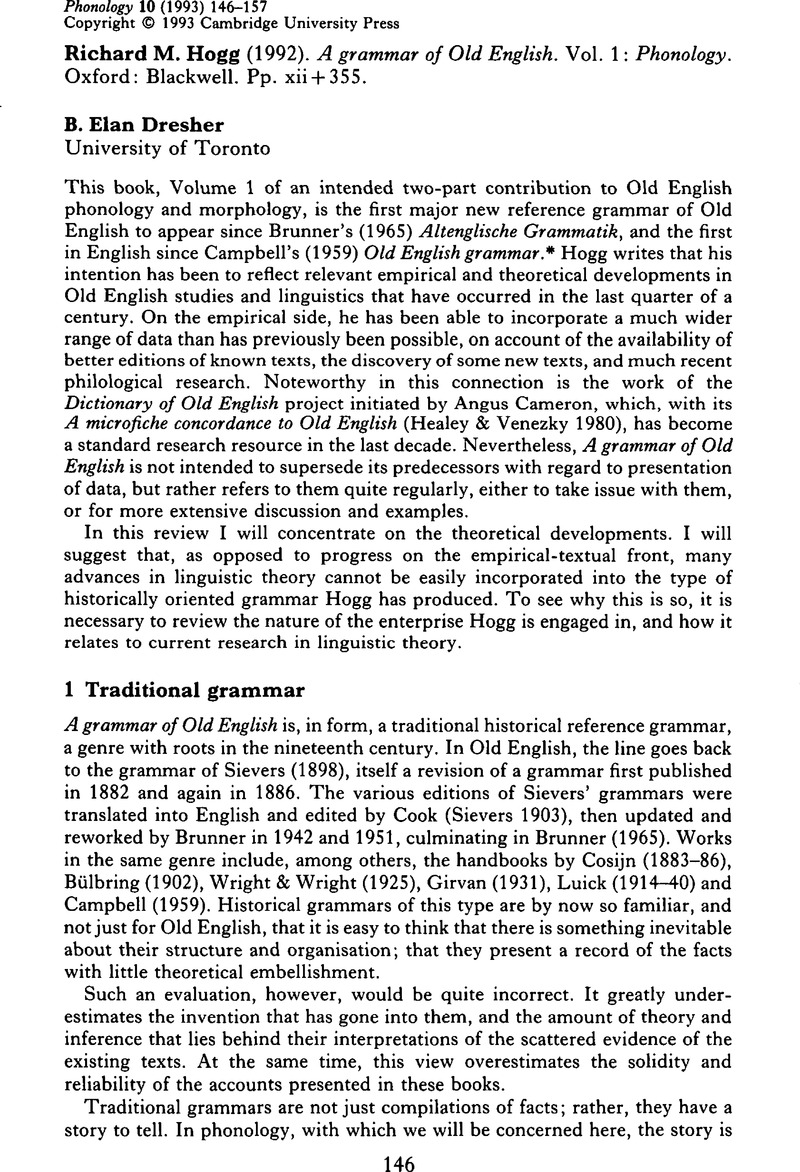Crossref Citations
This article has been cited by the following publications. This list is generated based on data provided by Crossref.
Dresher, B. Elan
2011.
The Blackwell Companion to Phonology.
p.
1.





